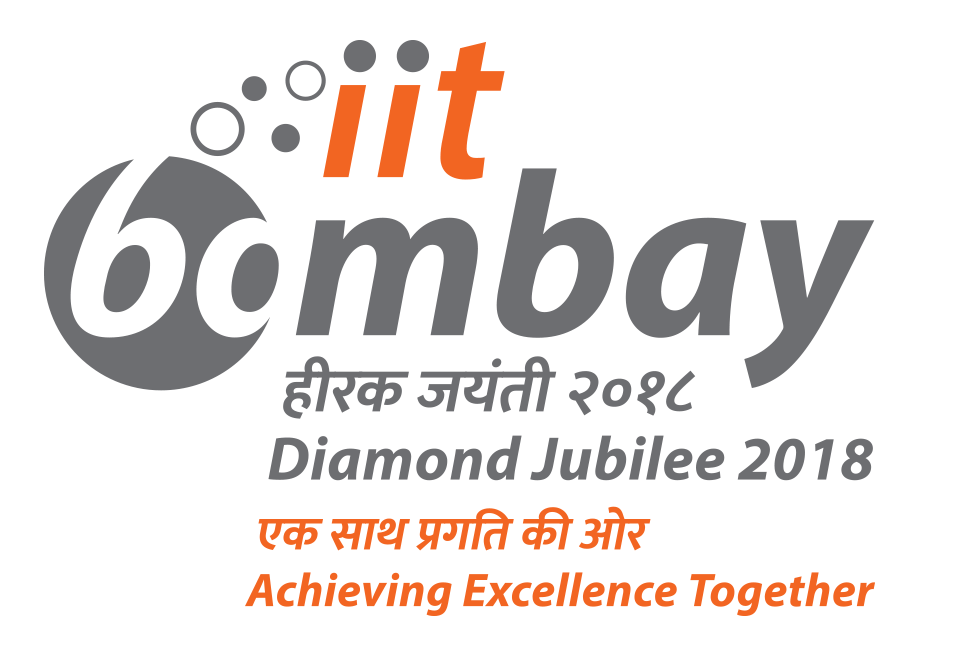Superior electrocatalytic activity performance of borocarbonitrides, BxCyNz, as
stable, low-cost metal-free electrocatalysts for the hydrogen evolution reaction.Himanshu Chakraborty,Department of Chemistry, Institute of Computational Molecular Science, and Center for the Computational Design of Functional Layered Materials, Temple University, Philadelphia, PA 19122, USA
I will discuss in detail about the superior electrochemical performance of borocarbonitrides (BCN) as electrocatalysts for hydrogen evolution activity1. The work deals with synthesis, characterization and computations based on Density Functional Theory (DFT) method, for several compositions of BCN. Out of the various compositions studied, the carbon-rich sample with the composition BC7N2 (containing excess of Nitrogen content with respect to that of Boron) displays the extraordinary electrocatalytic activity at par with Pt. The highly positive onset potential (-56 mV vs. RHE) and the current density of 10 mAcm-2 at an overpotential of 70 mV is exhibited by the BC7N2 system. The high activity and good stability of BCN’s surpass the characteristics of other metal-free catalysts reported in recent literature. Further, I will also describe (in brief) about a novel class of molecular spin-charge converter based on organic charge-transfer crystals, in which magnetic field effects induced intersystem crossing and charge-spin-lattice coupling generates an electric voltage for magnetic energy harvesting2. The functional properties of these crystals are then rationalized through the nature of their charge transfer process using experimental measurements and DFT calculations.
M. Chhetri, S. Maitra, H. Chakraborty, U. V. Waghmare and C. N. R. Rao, “Superior performance of borocarbonitrides, BxCyNz, as stable, metal-free electrocatalysts for hydrogen evolution reaction” Energy Environ. Sci., 9, 95 (2016)
B. Xu, H. Chakraborty, R. Remsing, M. L. Klein and S. Ren, “A free-standing molecular spin-charge converter for ubiquitous magnetic-energy harvesting” Adv. Mater. 1605150 (2016)

